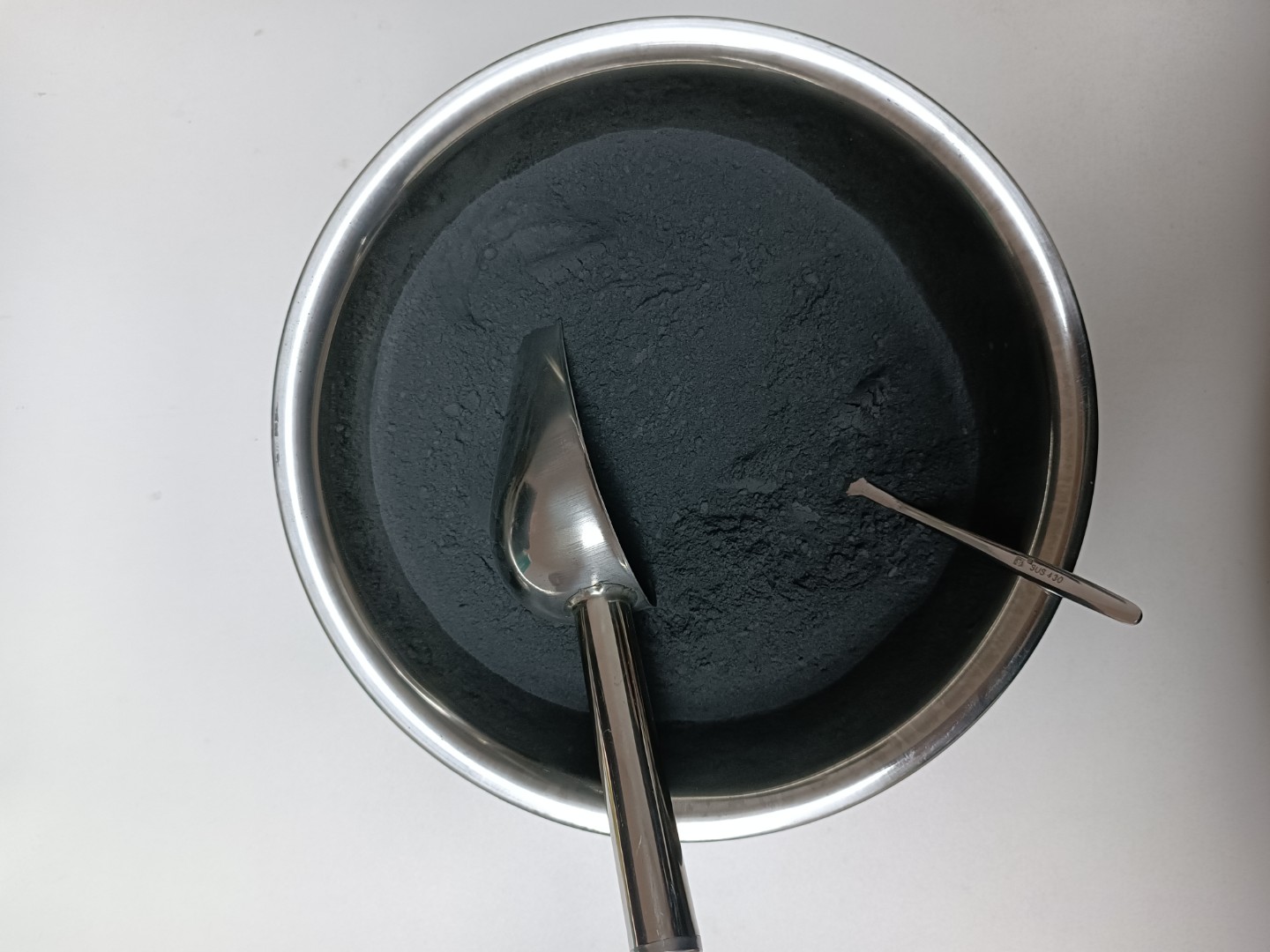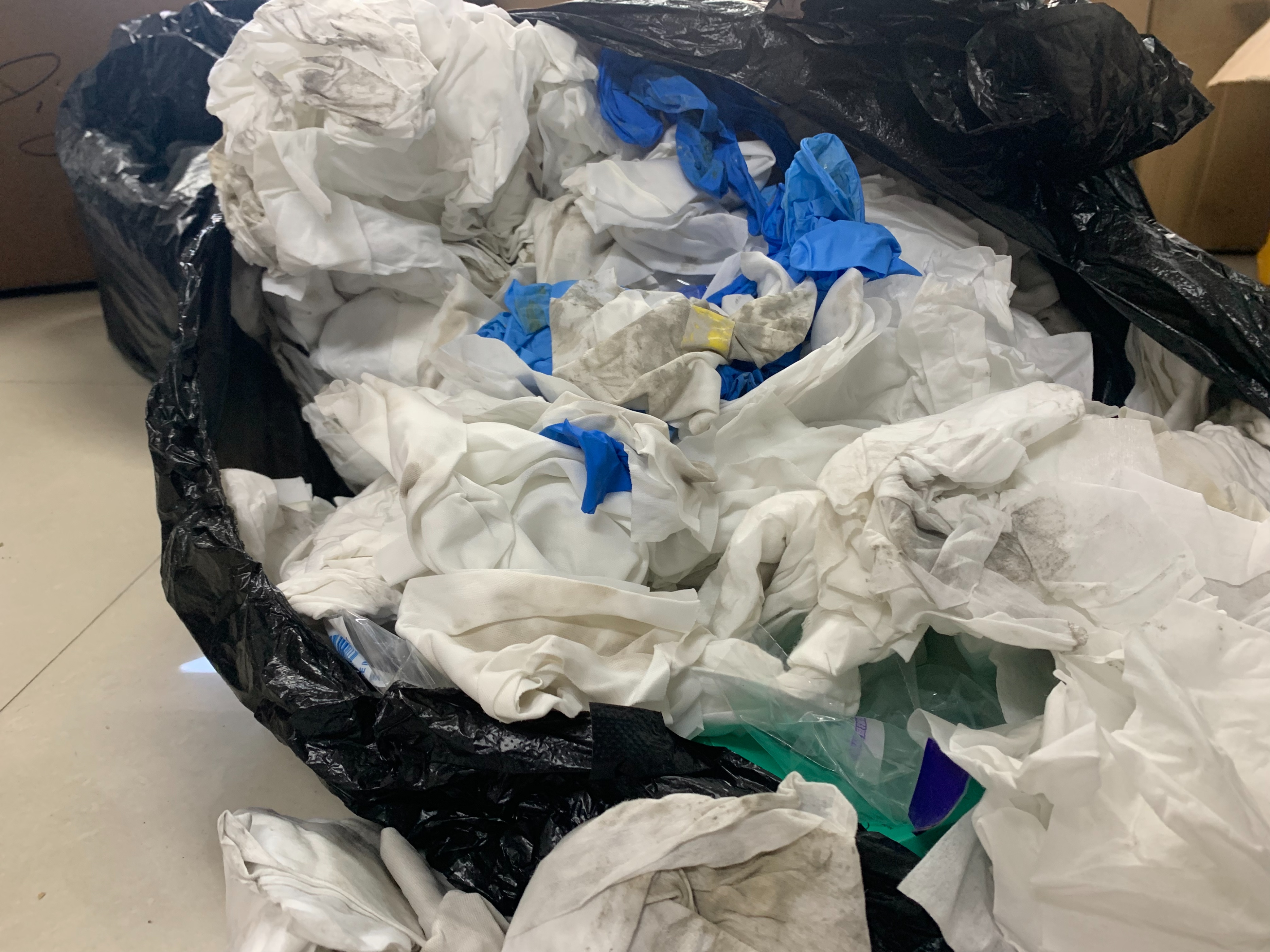When we think of precious metals like gold, silver, platinum, palladium, rhodium, iridium, and ruthenium, we often imagine lavish jewelry or high-value investments. But have you ever paused to ponder what truly sets these metals apart on a chemical level? Their unique properties make them not just objects of beauty and value but also marvels of chemistry.
Let's start with gold - a symbol of wealth and prestige. But beyond its luster, gold's chemistry is fascinating. It's one of the least reactive chemical elements, resistant to most acids, and doesn't tarnish. This stability is why it's treasured not just in jewelry, but also in electronics and aerospace.
Silver, known for its brilliant white metallic luster, possesses the highest electrical and thermal conductivity of all metals. This makes it not just a favorite for investors and jewelers but also a key player in the world of electronics and solar panels.
Platinum, palladium, and rhodium might not have gold's fame, but their chemical properties are equally remarkable. Their incredible resistance to high temperatures and corrosion makes them indispensable in catalytic converters in cars, reducing harmful emissions.
Iridium and ruthenium, though lesser-known, are champions in their own right. Iridium, one of the densest metals, has a high melting point and is crucial in high-temperature engineering applications. Ruthenium, with its unique hardness and ability to withstand extreme environments, is a game-changer in electronics and chemical industries.
These precious metals are not just treasures to be locked away. They are key players in technology and industry, thanks to their distinct chemical properties. So next time you admire a piece of precious metal, remember, it's not just a symbol of wealth – it's a piece of chemical wonder.
文章末尾固定信息



评论